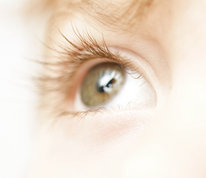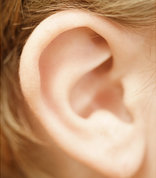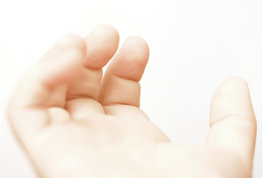Which of our senses (taste, feeling, sound, smell, sight) we prefer to use for receiving, processing and storing information. The senses in this context are sometimes called ‘representational systems’.
We all make sense of the world either because it looks right, sounds right, feels right, tastes right or smells right. Even though our senses exist physically outside our brain, they are effectively hard-wired in to the extent that our thoughts are manifested as if they come through the senses. When we say that something “makes sense”, this conclusion will be derived from some internal process that is based on one of the five senses. Research evidence from the 1980’s did not demonstrate any clear basis for these preferences, but we think that it is worth paying attention to them as another way of increasing rapport and influence in one-to-one situations, and when preparing and delivering presentations.
Representational systems are all about the five senses and have two forms: the Predominant System and the Leading System. In terms of filters, the most commonly preferred senses are sight (visual), sounds (auditory) and feeling (kinaesthetic). We will focus our attention on these three modalities as they are the ones that feature most strongly in western commercial culture. Having said that, it is worth mentioning that smell (olfactory) can be a trigger for very strong memories. This means that it can be used as an anchor for a new, positive resourceful state, or may be the route into modifying our responses to a more negative set of associations.
Recognising and utilising these patterns will not guarantee the agreement of the other party – but it will encourage their unconscious engagement by matching their natural processing preference. Also, anything we can do to stimulate all the senses when making presentations will help to alleviate the tedium that is often generated by technical/business content.
Predominant system
The Predominant System (sometimes described as the Preferred System) defines how we process and come to a decision and can be readily determined through language and breathing patterns. Some of the indicators of these are outlined below:
Leading system
The Leading System refers to how we gain access to information internally. It is best identified through the eye accessing cues we use. Essentially, there is evidence that our eyes unconsciously move in a particular way depending on how we are thinking and what sense we are using when doing so. Close observation of these eye movements can give us a strong indication of how (but not what!) the other person is thinking.
The scientific evidence for this phenomenon is inconclusive but our practical experience is that attention to eye movements is helpful, especially in one-to-one situations.
Here are a few tips for using them:
- It’s quite easy to test how the cues work by inviting a friend to get into the various modes of thought and observing what happens. Even alone, it is possible to notice that we get into a strong feeling state our eyes naturally drift down and to the right.
- Although the cues work in this manner for the majority of people, they are not universal. Some people, for examples, move their eyes in the opposite direction. So it is wise to test and calibrate the cues first on unimportant content before relying on them in a more critical situation.
- Remember that these are just clues, and they are best reinforced by other indicators – and even by checking with the other person about the state they are in. Some people claim that they can prove that someone is lying by using these cues (ie when eyes are up/right, constructing) but we think that this is a bit far-fetched.










